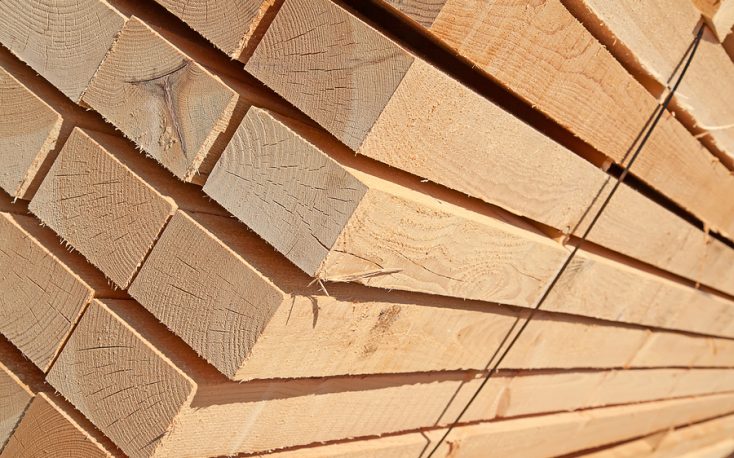Many in the industry will not remember 2019 positively. Simply put, most global markets were awash in wood, and all major producing regions searched valiantly – but with limited success – for outlets to move their product. Consequently, most major importing countries have been sitting on above-average lumber inventories for much of the year, with the net result being low prices and red ink for producers, importers and exporters. One question frequently gets asked of us: “Why were the industry and market results so bad in 2019 and was there any way to predict this?”
Many reasons have been offered up about the soft markets in 2019 in the U.S., China and other key regions. However, we present one scenario here that broadly assesses global softwood lumber consumption trends over the years to see if some obvious results start to show up. (Spoiler alert: they do!)
As background, Europe (excluding Russia) and North America (excluding Mexico) each accounted for 29 per cent of global softwood lumber consumption in 2018. China represented 19 per cent, so three countries – the U.S., Canada and China – plus Europe represented over 75 per cent of total global consumption. The next top five consuming countries are relatively small: Japan (4.2%) and Russia (2.8%), followed by various plantation-pine countries Brazil, Chile and Australia, with a total of 4.7 per cent, and Mexico.
Another way of looking at global consumption is by continent. Adding in Mexico, North America represented 30 per cent of total global demand, followed by Europe at 29 per cent and Asia at 26 per cent. These three continents consumed 86 per cent of global softwood lumber in 2018.
In reviewing the total global softwood lumber consumption trends in 2018, it recorded a gain of just 1.0 per cent versus 2017, representing a huge slowdown (both 2016 and 2017 had growth rates of 3.7-3.8%). Things got worse in 2019, with global consumption expected to end up close to 0.3 per cent. The historical annual change in the rate of global consumption is about 2.2 per cent (20-year average, adjusting for a milder recession than the 2008-09 blowout), so anything below this level indicates a sub-par market. And, with two years (2018 and 2019) at 1.0 per cent or lower annual growth, the poor results should have been expected; this has clearly been proved out.
Since Europe, the U.S. and China represent 71 per cent of global softwood lumber consumption; if two or more regions do not exceed a level of about 3 per cent, it is possible a third country could drag the average growth below the 2.2 per cent threshold. The slowdown in 2018 was driven by a surprising falloff in the U.S. where softwood lumber consumption for the year declined by 1.4 percent; a similar rate is expected for 2019 following the wettest year on record. Europe recorded negative consumption growth in 2018 (-0.1%), but a small gain of 0.8% is forecast for 2019. The gains in China – over 5 per cent growth in both 2018 and 2019 – were not even close to helping offset these poor consumption growth rates in the U.S., Europe, and the rest of the world.
In 2020, most major softwood lumber consuming regions are likely to record gains, with the U.S. and China likely to lead all major countries (again) with increases of about 4 per cent each.
Canada should enjoy moderate growth, but Europe and Japan are projected to record small demand declines due to their softer economies and slower housing markets. Global softwood demand in 2020 is forecast to show an increase of around 2.2-2.5 per cent as compared to 2019. The outlook for 2021 calls for a more optimistic expansion, with global demand expanding by up to 2.7 per cent.







